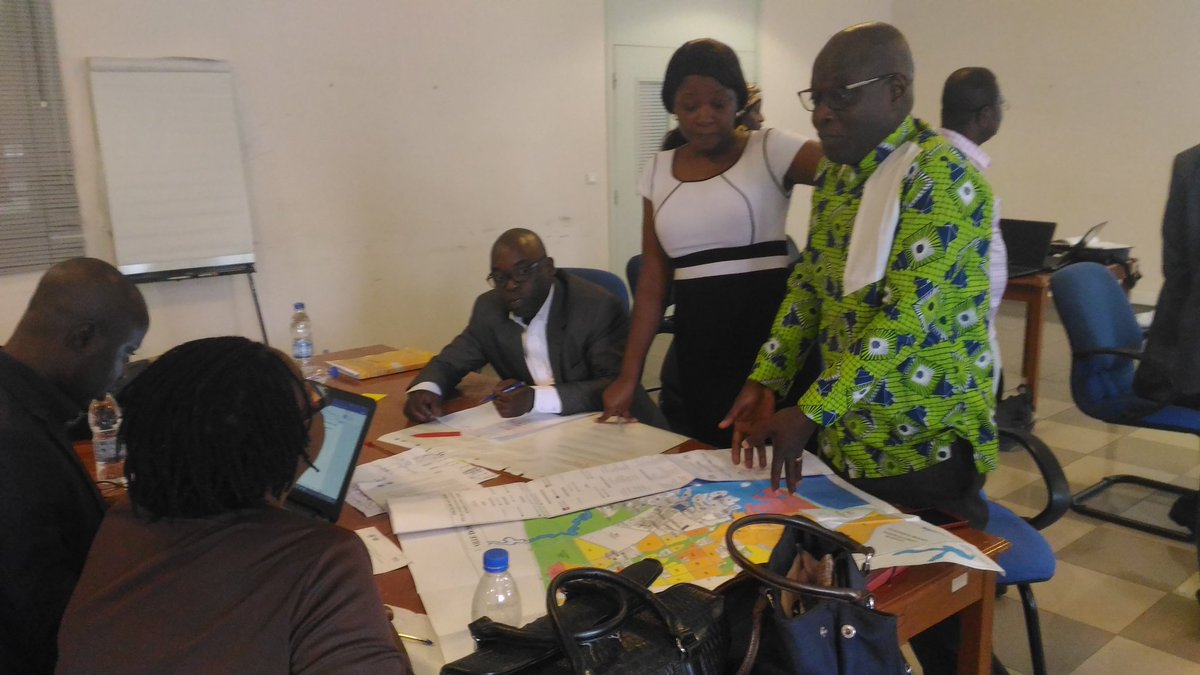
The two years line is equivalent to journal impact factor ™ (Thomson Reuters) metric.Įvolution of the number of total citation per document and external citation per document (i.e. The chart shows the evolution of the average number of times documents published in a journal in the past two, three and four years have been cited in the current year. This indicator counts the number of citations received by documents from a journal and divides them by the total number of documents published in that journal. Q1 (green) comprises the quarter of the journals with the highest values, Q2 (yellow) the second highest values, Q3 (orange) the third highest values and Q4 (red) the lowest values. The set of journals have been ranked according to their SJR and divided into four equal groups, four quartiles. Methods for environmental quality assessment forecasting across a number of ecosystem uses and challenges (systems-based, cost-benefit, ecosystem services, etc.) measuring or predicting ecosystem change and adaptationĪpproaches that connect policy and management tools harmonize national and international environmental regulation merge human well-being with ecological management develop and sustain the function of ecosystems conceptualize, model and apply concepts of spatial and regional sustainabilityĪssessment and management frameworks that incorporate conservation, life cycle, restoration, and sustainability considerations for climate-induced adaptation, change and consequences, and vulnerabilityĮnvironmental management applications using risk-based approaches considerations for protecting and fostering biodiversity, as well as enhancement or protection of ecosystem services and resiliency. Papers published in these broad fields of study are connected by an array of interdisciplinary engineering, management, and scientific themes, which collectively reflect the interconnectedness of the scientific, social, and environmental challenges facing our modern global society: Managing large-scale environmental change Restoration and management of damaged ecosystems Health and ecological risk and impact assessment Science-informed regulation, policy, and decision making Papers submitted to IEAM must link science and technical innovations to vexing regional or global environmental issues in one or more of the following core areas:

Integrated Environmental Assessment and Management (IEAM) publishes the science underpinning environmental decision making and problem solving.


 0 kommentar(er)
0 kommentar(er)
